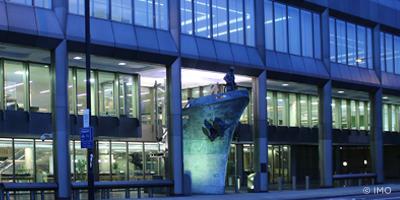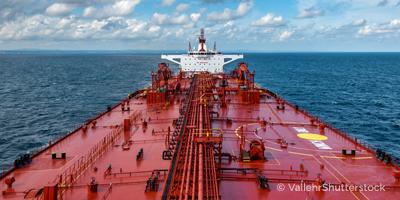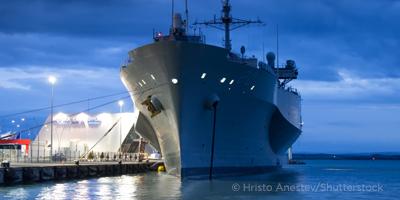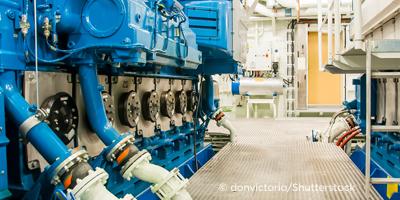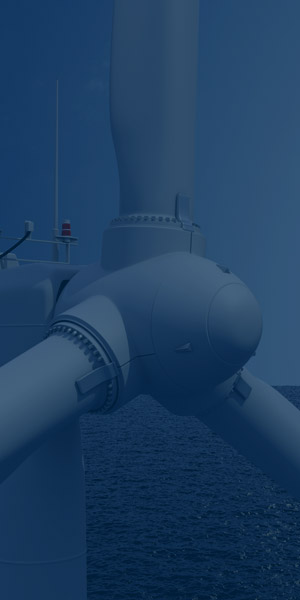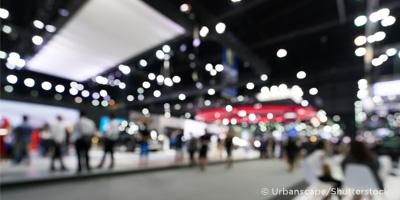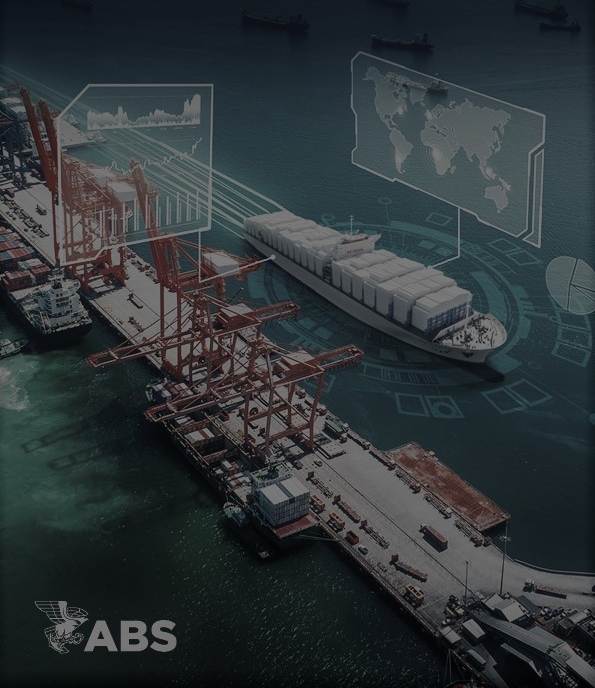Quick Links
- Rules and Resources
-
Services
Quick Links
Offshore- Production
- Offshore Support Vessels
- Exploration
- Offshore Wind Projects
- Offshore Wind Vessels
- Subsea Solutions
- Offshore Sustainability
- Offshore Space Support
- Floating Production Storage and Offloading (FPSOs)
- Offshore Energy Production
- Offshore Aquaculture
- Subsea Mining
- Novel Concepts and New Technologies
- Offshore Decommissioning
Sustainability and Decarbonization- Energy Efficiency Existing Ship Index (EEXI)
- Sustainability Reporting and Assurance
- Simulation-based Energy Efficiency Evaluation Service (SIM EEE)
- Greenhouse Gas (GHG) Rating Improvement
- Greenhouse Gas Inventory and Carbon Accounting
- Carbon Capture, Utilization, and Storage (CCUS)
- Alternative Fuel Options
- Alternative Power Sources
- Marine Sustainability
- Offshore Sustainability
- Green Shipping Corridors
- Methanol Value Chain
- Gas
- Carbon Intensity Indicator (CII)
- Ammonia Value Chain
- Carbon Diligence Platform
- Innovation and Technology
-
News and Events
Quick Links
-
About
Quick Links
- Rules and Resources
- Services
- Innovation and Technology
- News and Events
- About Us and Careers
- Rules and Resources
- Rules and Guides
- Regulatory Updates
- Advisories and Debriefs
- Flag and Port State
- Engineering Software / License
- Engineering Reviews
- ABS MyFreedom™ Portal
- Databases
- Forms
- Services
- Classification
- Approval and Certification
- Company and Ship Audits
- Global Marine
- Global Offshore
- Global Government
- Sustainability and Decarbonization
- Digital Solutions
- Cybersecurity
- Maritime Training
- Innovation and Technology
- Technology Advancement
- Academic Engagement
- Industry Partnerships
- Data and Digitalization
- Knowledge Center
- About Us and Careers
- Who We Are
- Safety
- Careers
- Contact Us
Brazil Improves Standards and Regulations for LNG
The increased share of natural gas in Brazil’s energy matrix has led the national oil, gas and biofuels agency (Agéncia Nacional do Petróleo Gás Natural e Biocombustíveis, ANP) to improve its LNG facility standards and regulations. Part of this initiative involves editing existing documents as new resolutions are created.
Work on the standards and regulations is based on a vast body of diverse international literature, including guidance documents, standards and regulations that address offshore production units (such as floating, production storage and offloading units for liquefied natural gas, aka, FLNG), LNG carriers that transport gas from one area to another, import/export cryogenic terminals and regasification units for injecting natural gas into pipelines.
Many interested parties play a role in developing these documents, including government agencies, developers, industry and classification societies. To develop and make use of LNG, it is critical to follow best practices in each individual area: production units, transportation vessels, liquefaction plants, cryogenic terminals and regasification units.
Authors from Pontifical Catholic University of Rio de Janeiro (PUC-Rio), classification society ABS and its subsidiary ABS Consulting developed a report to facilitate understanding of the available literature on LNG, presenting an overview of standards and regulations along with insights on how to define and apply the concepts of exclusion and safety zones around LNG installations. The report also addresses prescriptive and performance-based aspects of regulations as they apply to LNG.

© 2024 American Bureau of Shipping. All rights reserved.





